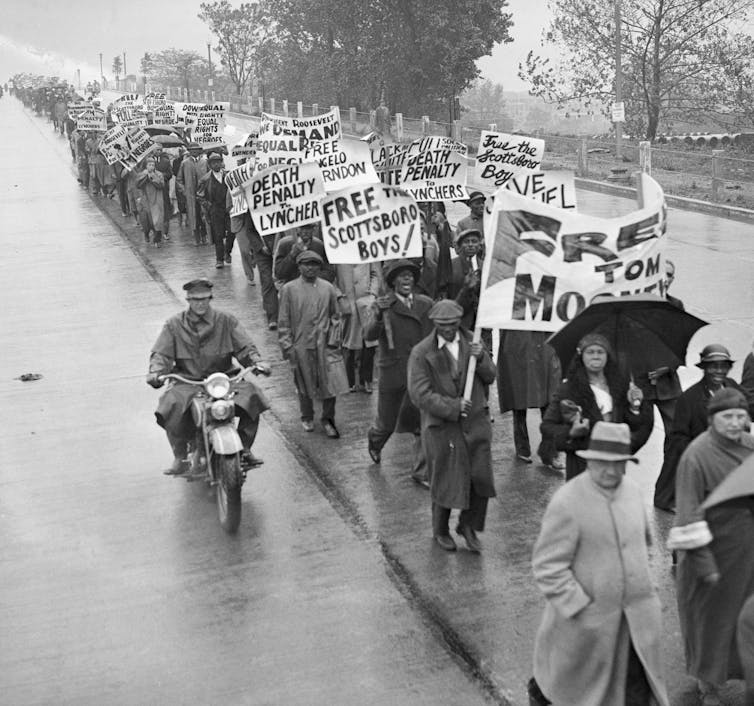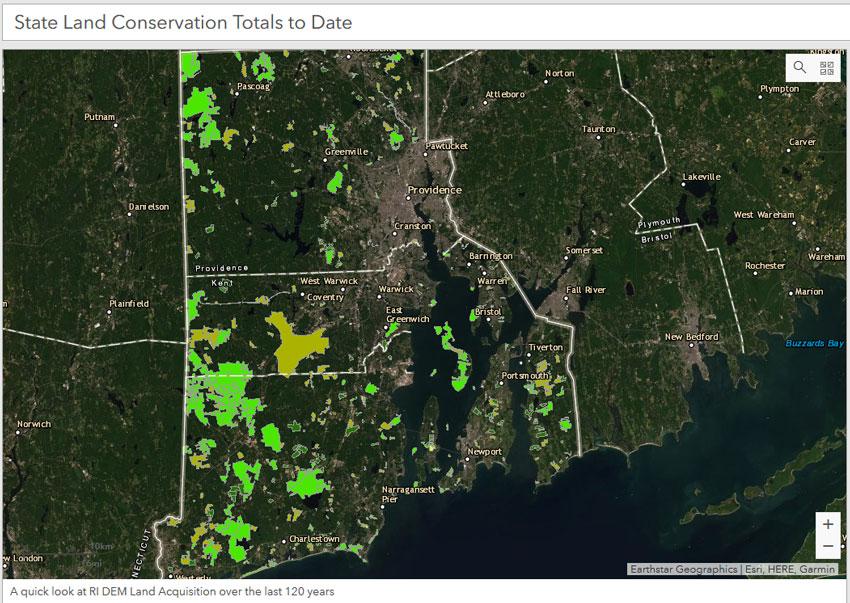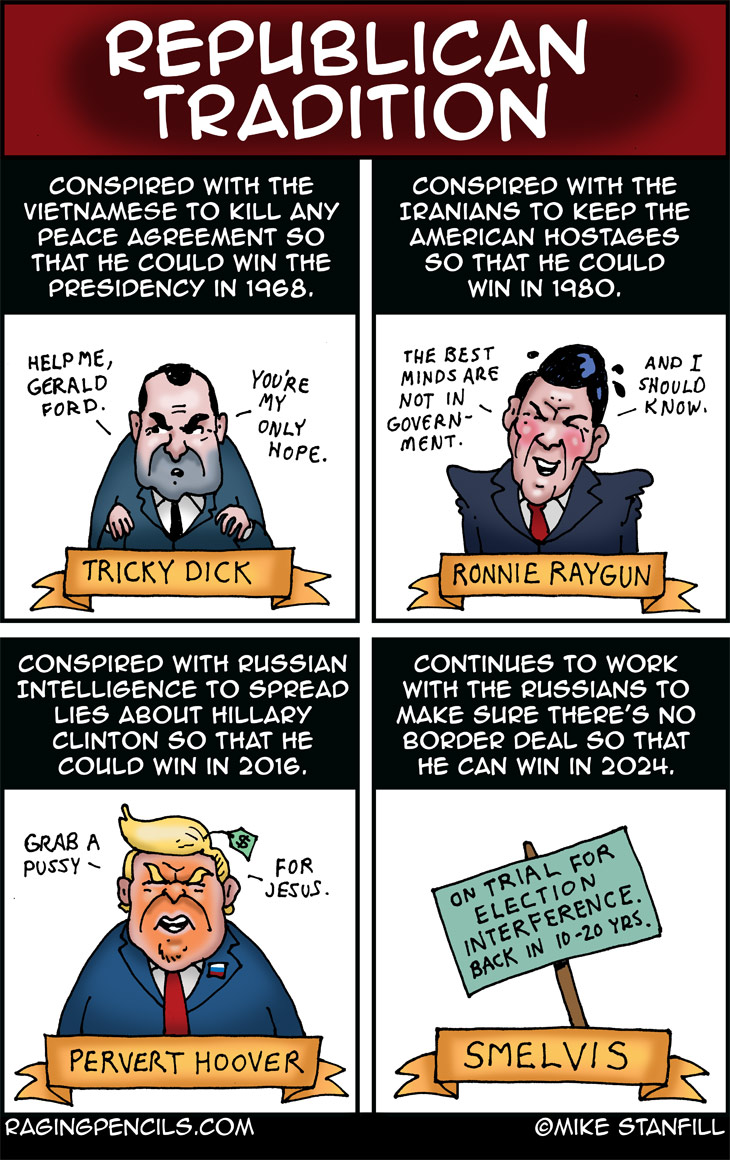Robert’s revenge?
By Will Collette
 |
Robert Malin, a gentle soul who showed
very little interest in revenge. RIP. |
It’s an election year, so, of course, the Charlestown
Citizens Alliance (CCA) is seething with anger over a host of grievances and
threats that they hope voters will believe and return them to power on November
5.
Among the CCA’s grievances, the CCA
is angry at the Town Council majority, all of whom won under the
Charlestown Residents United (CRU) banner, for not automatically filling a
recent Council vacancy with their guy, the one who finished in 6th place
on the ballot.
The midterm vacancy occurred due to the sad
death of Council member Grace Klinger. Grace had not planned to run for
reelection, but died before she could finish her term.
The CCA insisted the seat then belonged to the CCA’s Peter
Gardner, the 2022 6th place finisher who got 1,655 votes (compared to
Council President Deb Carney’s 2,106 votes).
Although the CCA
admits on its website that Charlestown’s Town Charter does not require
vacancies to be filled by the next highest vote-getter, nonetheless they were
outraged the seat didn’t go to Gardner (or the 7th place finisher, another
CCAer Ann Owen).
Instead, the Council exercised its prerogative to make the
appointment to pick Grace’s replacement will pick from applicants who filed an
application by March 1. This is the procedure for filling vacancies on boards,
committees and commissions as outlined in C-168 of the Town Charter.
That triggered CCA acolyte Mikey Chambers to offer this
angry commentary:
Unless I miss my guess, and I don’t believe so, the
appointment will go to the highest vote getter who did not run as an
Independent (CCA), but as a CRU (Democrat?) candidate. So much for the wishes
of the people! This will go the way of the wishes of the people in the
town-wide survey. The preference of the people will again be ignored. If you
can’t see this, you haven’t been paying attention.
Mikey, it’s not just your guess that you’re missing.
First, what makes you think it will go to the “highest
vote getter who did not run as an Independent (CCA)?” If the Council
follows the CCA’s precedent, they might pick someone who wasn’t a candidate at
all in the 2022 election.
Second, what do you mean by labelling CCA candidates as “independent”
when they must all swear allegiance to the CCA platform AND if they are elected
but fail
to follow CCA orders, they are severely punished? CCA politicians are
about as independent as members of Vladimir Putin’s government.
Third, what makes you think a putative choice of a CRU
member means appointing a Democrat? In fact, the four-member CRU majority that
swept the 2022 election consisted of one Democrat and three Republicans. The 5th
candidate on the CRU slate ran as unaffiliated with either party.
And fourth, Mikey, how is it that you claim a 2021
town survey, larded with push-poll questions and
followed by cherry-picked CCA interpretation somehow trumps the 2022 General Election
as the “wishes of the people?” Maybe you should ask someone for help in
understanding how the democratic process works.
The most recent precedent for Charlestown’s current
situation occurred in 2018.
After the 2016
election brought in an all-CCA Council, a vacancy opened up when Steve
Williams resigned in January of 2018. The 6th place finisher was Democrat
Robert Malin. In fact, Robert was the only candidate among the six running for
Council who was not CCA-endorsed.
The argument was made that Robert should be chosen since he
actually ran for the office.
CCA President Leo Mainelli disagreed, stating at the February
12, 2018 Council meeting that George Tremblay should be appointed even
though he was not on the ballot. Those so-called independent remaining four CCA
Councilors dutifully followed Leo's command.
As it turns out, had Robert been appointed to the vacancy,
he would not have fulfilled his term, dying
of cancer in June 2018. George Tremblay suffered a stroke one year into his
appointed term but did finish it out but did not run for re-election in
November of 2018.
How a municipality fills vacancies to elected office is a
matter of law. Some towns, such as Richmond, say in their Town Charters that
vacancies are filled by the next highest vote getter.
However, remember that the MAGA majority running Richmond decided
not to follow that clear legal mandate when it selected a right-wing nut
who didn’t even run to fill a Richmond vacancy on the Chariho School Committee.
The state
Supreme Court ruled the town had to follow its own Charter and booted
the MAGA choice.
Charlestown leaves the decision on how to fill vacancies to
the Council. That’s what the CCA said in 2018 when it chose Tremblay over
Malin and that’s what the current CRU majority is saying now.
How you feel about that has everything to do with how you
feel about who is running the Town Council.
Voters can decide this question if a Charter amendment
question is put on the ballot. Maybe it’s time to settle that question, and I
don’t mean by running some self-serving survey.




















.JPG)















